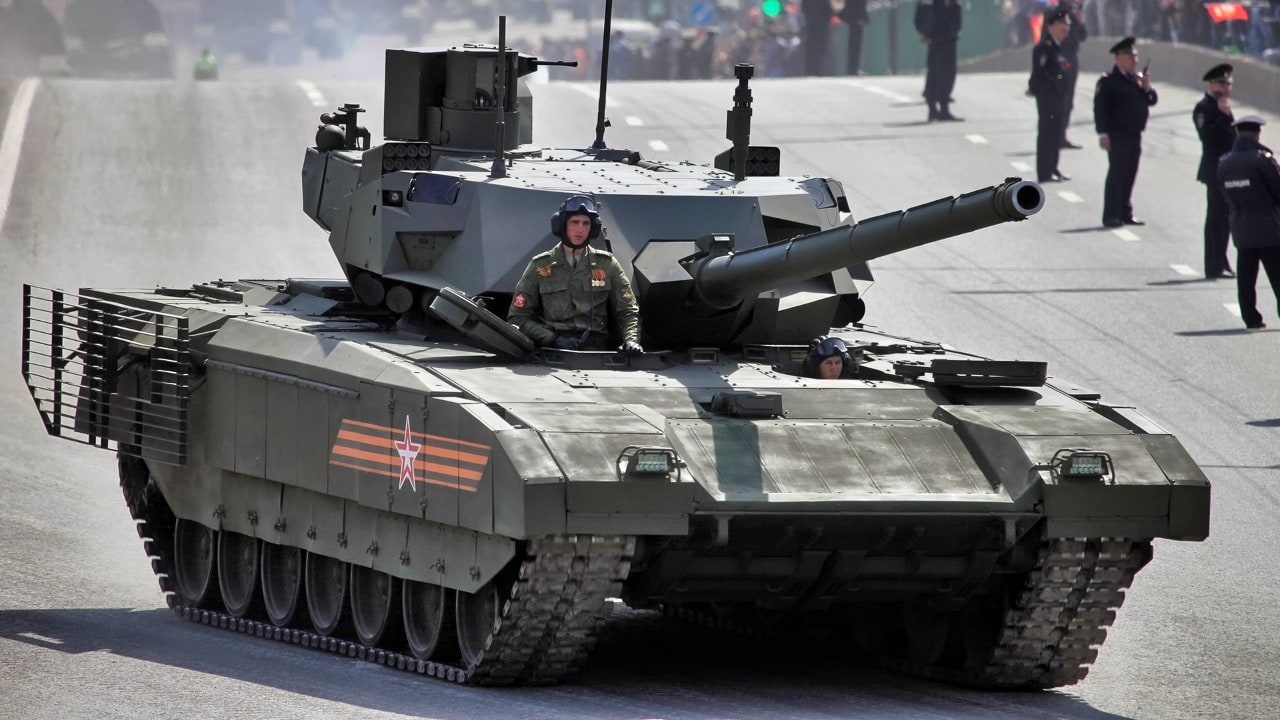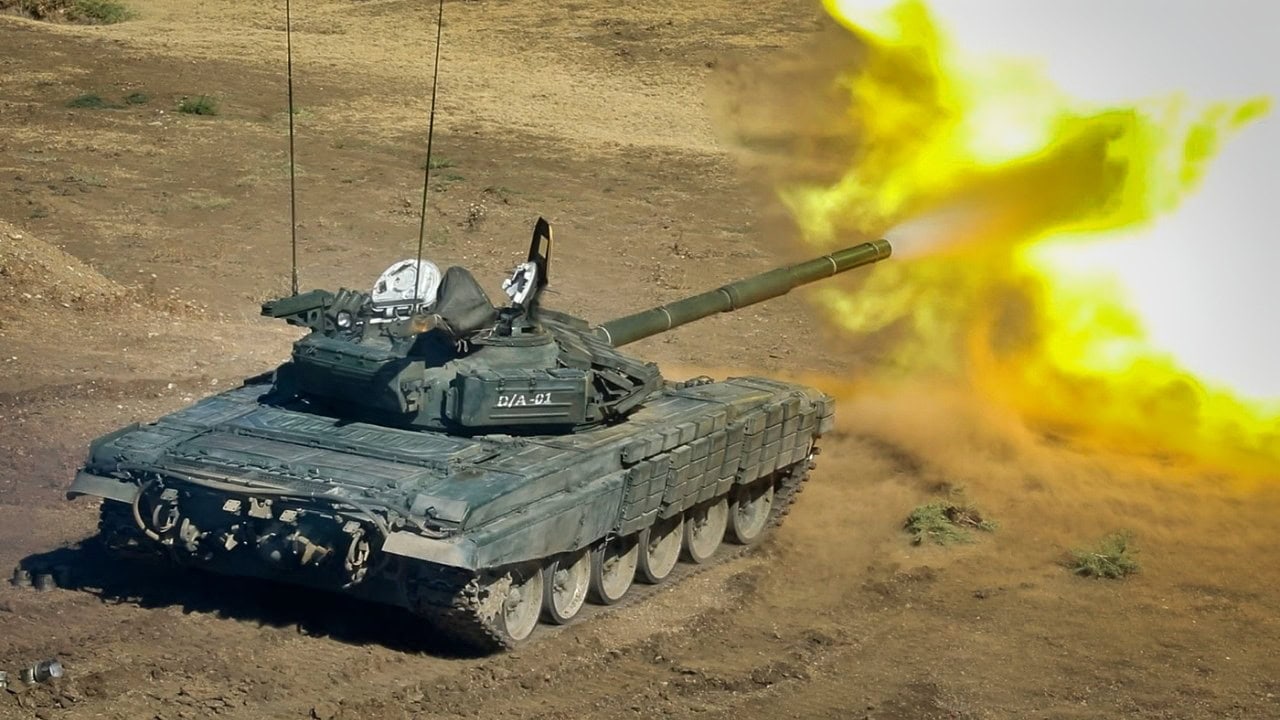When President Donald Trump’s administration recently proposed a 30-day ceasefire in Ukraine, Vladimir Putin’s response was calculated and cagey as one might expect. He did not reject it outright – that would have left him open to charges that he, not Zelensky, is the principal impediment to peace – but he conditioned Russia’s acceptance of any such ceasefire in a way that made those negotiations practically impossible.
He insisted, for example, that any ceasefire must address what he called the “root causes” of the war, insisted that Western nations cease arming Ukraine, and made abundantly clear that Russia’s recent territorial acquisitions were not on the negotiating table.
Putin did not table a counter-proposal as part of an iterated negotiation that might lead to peace; he cleverly framed his response in a way that was clearly calculated to buy time.
With his forces steadily pushing forward in Kursk and the Donbas, Putin simply has no reason to accept a ceasefire now, especially if that ceasefire would buy time for the Ukrainians to reconstitute, rearm and dig in.
Why Would Putin End the Ukraine War for Istanbul 2.0?
Yet some in the West are clinging to the belief that, even if the Trump-brokered Ukrainian proposal is a non-starter, some form of negotiations could still deliver an off-ramp. And some are looking to recent history for guidance. Specifically, there’s some talk of using the framework of the 2022 Istanbul talks as the basis for a new negotiated settlement, for engaging in an “Istanbul 2.0” process. But this is delusional.
The geopolitical, military and domestic conditions that made Istanbul 1.0 possible just exist today. Ukraine is in a far more tenuous position today than it was two years ago, and Putin believes that if he simply creates the illusion that he’s for peace while simultaneously giving his forces the time they need to prevail on the battlefield, he can get almost everything he wants without compromising any of his core interests in return.
The Istanbul negotiations in March 2022 were held at a moment when both Russia and Ukraine were motivated to talk. Russia had suffered a humiliating defeat as its initial offensive faltered disastrously. Ukraine, on the other hand, and despite its early battlefield triumphs, faced a latent existential risk and was thus willing to discuss neutrality in exchange for security guarantees. The near-deal reached at those talks would have involved Ukraine abandoning its ambition to join NATO in return for security guarantees from major powers – including Russia, the U.S., the UK, China, and France.
In turn, Russia committed to withdrawing to the pre-February 24, 2022 lines, with Crimea’s status to be determined in future negotiations. The Donbas, it was envisioned, would have been granted a form of autonomy under Ukrainian sovereignty.
At the time, this deal appealed to both sides, even if each had some reservations. But that was then and this is now. Today, Zelensky lacks the leverage he once had, and Putin sees no reason to accept terms he now views as utterly anachronistic. The idea of Istanbul 2.0 is thus not a serious strategy for peace – it is an exercise in diplomatic nostalgia that is entirely disembedded from the political or military realities of the current geopolitical moment.
Two years ago, Ukraine forces still enjoyed battlefield momentum – the strategic upper-hand, as it were. Western military aid was skyrocketing, morale was high, and the Armed Forces of Ukraine (AFU) had yet to be ground down by relentless Russian ground offensives and missile strikes. That was then and this is now. Ukraine’s 2023 offensive dramatically failed to achieve any of its objectives, and now it is Ukraine – not Russia – that is on the back-foot strategically. Ukrainian forces are exhausted, suffering from critical shortages of both manpower and munitions. Western aid is stalling, as political will in both Washington and European capitals continues to fray. Putin sees this and has judged that time is on his side.
As reports from European intelligence agencies suggest, Putin is playing the long game, biding his time until Ukraine’s diplomatic and battlefield positions deteriorate even further before forcing Kyiv into a much harsher settlement than it could have secured in 2022. His forces are advancing in Kursk the Donbas, and every day that passes without a negotiated settlement strengthens his hand.
The most delusional assumption underpinning the Istanbul 2.0 argument is that Putin still wants what he wanted in 2022. That is simply not the case. Back then, Putin might have accepted Ukrainian neutrality and a return to pre-invasion borders as an acceptable, if not optimal, outcome. Since then, however, Russia has annexed almost all or at least significant portions of four Ukrainian regions – Donetsk, Luhansk, Zaporizhzhia, and Kherson – and incorporated them constitutionally into the Russian Federation.
Moscow has repeatedly signaled that these oblasts are now “forever” part of Russia. Any expectation that Putin would willingly surrender these territories in exchange for a deal resembling Istanbul 1.0 is, again, simply delusional.
Some will argue that even a bad peace is better than no peace at all. But that argument ignores the reality that, when one side signs a ceasefire from a position of weakness, the bad peace can be really bad. This is a lesson that should have been learned in 2014 when the Minsk agreements froze the Donbas conflict in a way that allowed Russia to regroup and later launch its full-scale invasion.
Reflecting this logic, a ceasefire today, structured around Putin’s current demands, would have a similar effect – consolidating Moscow’s territorial gains, while undermining Kyiv’s sovereignty, and ensuring that Putin can re-initiate hostilities at a time of his choosing.
Putin’s Ceasefire Strategy for Ukraine Is Clear
This is precisely why Putin’s response to the Trump ceasefire proposal was so cunning. He didn’t say no – he simply imposed conditions that he knew Zelensky couldn’t accept, ensuring that negotiations stall while his forces continue to advance . Maybe with the added benefit that some will blame Zelensky and claim that he, not Putin, is the principal impediment to peace. Bottom line: Putin’s goal isn’t peace – it’s victory. And the more he can delay the peace process, the closer he gets to achieving that victory.

T-14 Armata Tank from Russia
And so, whenever talk of Istanbul 1.0 serving as a kind of blueprint for Istanbul 2.0 arises, Putin dismisses the idea out of hand. He knows that the battlefield dynamics have shifted in his favor. He can afford to wait – and, as long as the battlefield momentum continues to favour Russia – wait he will.
About the Author: Dr. Andrew Latham
Andrew Latham is a non-resident fellow at Defense Priorities and a professor of international relations and political theory at Macalester College in Saint Paul, MN. Andrew is now a Contributing Editor to 19FortyFive, where he writes a daily column. You can follow him on X: @aakatham.

